Susan Philipsz
Susan Philipsz
b. 1965 in Glasgow, Scotland, UK; based in Berlin
www.susanphilipszyouarenotalone.com
Works in exhibition
The Internationale, 1999
Single-channel sound installation, 2 min. 10 sec.
Plays every ten minutes, 9:00 AM to 5:00 PM (unless the museum is closed)
Installed in front of Kyoto Municipal Museum of Art
The Three Songs, 2015
Four-channel sound installation, 2 min. 43 sec.
Plays every hour and half-hour during venue hours
Installed at the Kamo River Delta
See all installation views at higher resolution: www.flickr.com/photos/parasophia/sets/72157656454063159
Susan Philipsz’s early works use her own voice, singing folk songs and pop songs, as their only source of sound (or instrument), coming from a simple composition of speakers. Her works are often installed in public places, such as bus stops, underneath bridges, and in supermarkets, where ambient sound is prominent. The songs selected according to the location of the works frequently embody specific sociopolitical messages, but Philipsz’s gentle voice does not merely convey the message of the songs’ lyrics but also strongly evokes the audience’s own personal memories and emotions, and brings forth recognition of the memories of the place where they are listening to each work. Although her works are commonly described as sound installations, they can also be described as sculptures that use sound as a medium for articulating time and space. Since winning the Turner Prize in 2010, Philipsz has participated in Documenta 13 (2012), Manifesta 10 (2014), Sapporo International Art Festival 2014, and more.
At Parasophia: Kyoto International Festival of Contemporary Culture 2015, Philipsz presents The Internationale in front of Kyoto Municipal Museum of Art and The Three Songs at the so-called Kamo River Delta. The Internationale features Philipsz’s a cappella solo rendition of the left-wing anthem of the same name. For some, it represents a rallying call, and for others, it is a heart-wrenching reminder of broken dreams. The Three Songs is based on Philipsz’s research in Kyoto. It will be installed where Kamo River (賀茂川) and Takano River (高野川) flow together to form the famous Kamo River (鴨川). The work harks back to the origins of kabuki theater, which began on the dry riverbed of this iconic river, with songs from Thomas Ravenscroft’s Pammelia (1609), from around the same era.
-
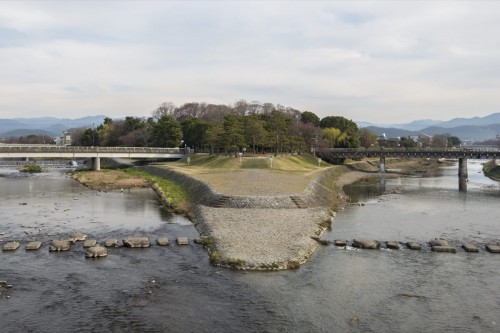
Susan Philipsz, The Three Songs, 2015. Sound installation at the Kamo River Delta for Parasophia: Kyoto International Festival of Contemporary Culture 2015. Photo by Norimasa Kawata




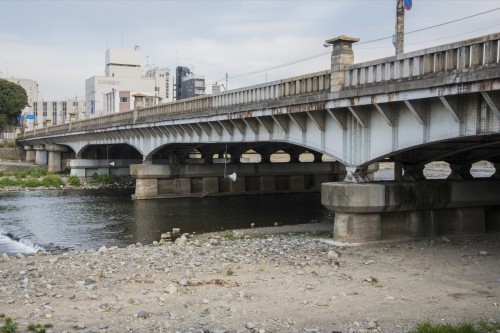
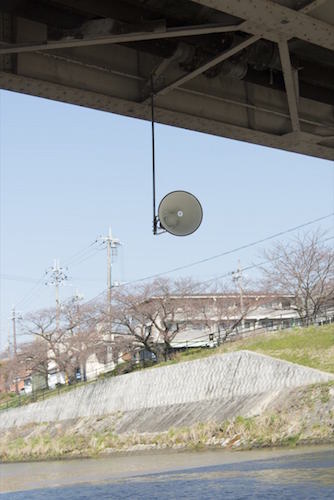
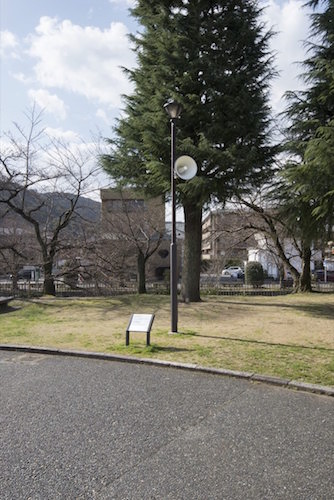
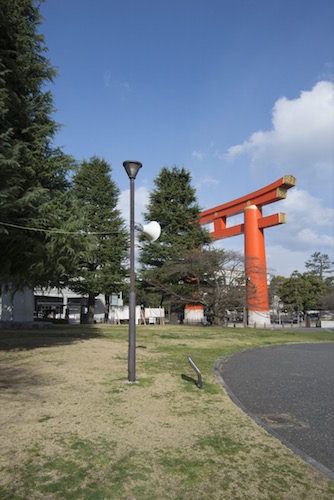

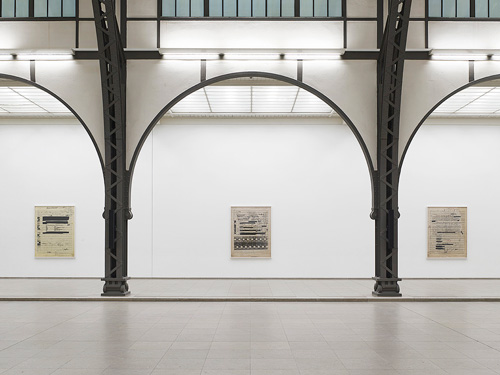
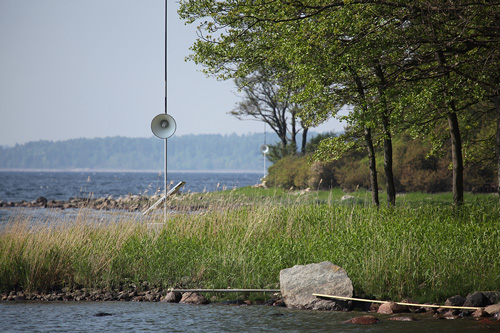
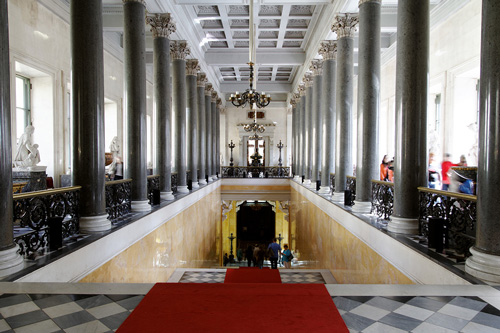
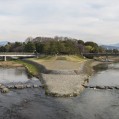

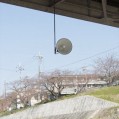
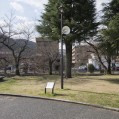
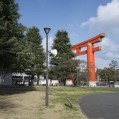

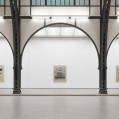
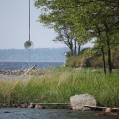
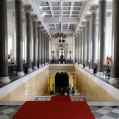
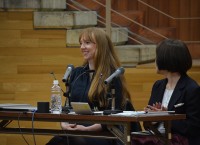
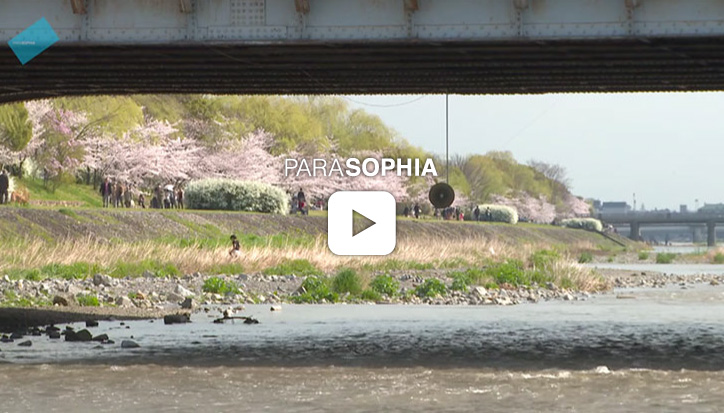
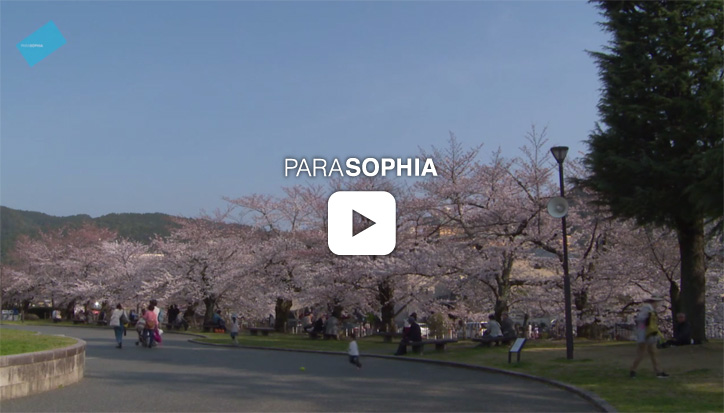
![Parasophia Report: Open Research Program 03 [Lecture/Performance] Dominique Gonzalez-Foerster “M.2062 (Scarlett)”](../../../wp-content/uploads/sites/3/2014/08/orp_susan.jpg)